The Elegance of Efficiency: How Indian Home Designers Embrace Sustainability
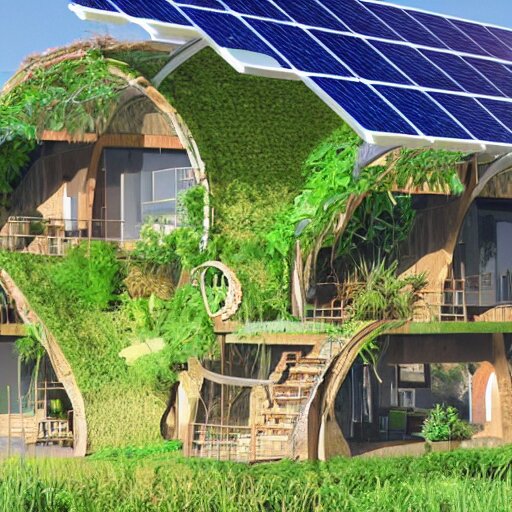
In this article we will provide you the sustainable home design ideas in India with very efficient ways. In recent years, sustainable living has become more than just a trend; it has emerged as a necessary approach to address the pressing global issues of climate change and resource depletion.
As individuals strive to reduce their carbon footprint, one area that holds immense potential for making a positive impact is home design. In India, where the population continues to grow at an unprecedented rate, architects and designers are leading the way in embracing sustainability by incorporating innovative and eco-friendly principles into their home design plans.
This article explores how these Indian home designers are redefining elegance through efficiency, offering inspiring ideas for sustainable living in the rapidly developing nation. One of the key aspects that Indian home designers are focusing on is energy efficiency. They understand that traditional homes consume a significant amount of energy, leading to higher carbon emissions and increased strain on resources.
To combat this, architects are incorporating solar panels into their designs to harness the abundant sunlight in India. These solar panels not only provide eco-friendly electricity but also help homeowners reduce their reliance on fossil fuels and minimize their electricity bills.
Embracing sustainability in Indian home design
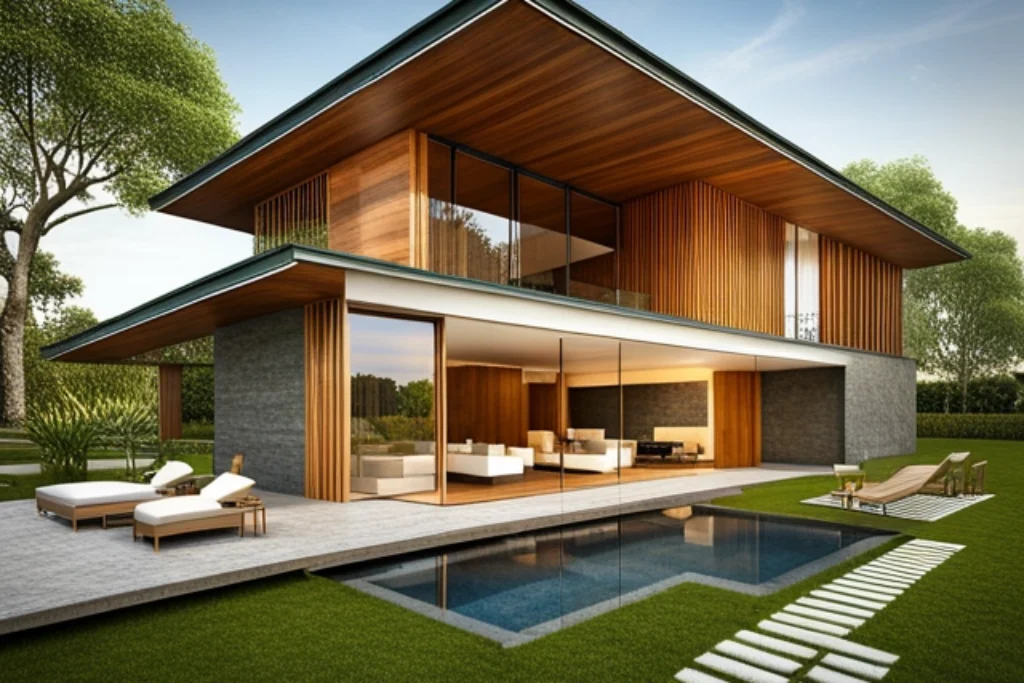
Sustainable home design is gaining popularity in India, with homeowners and designers recognizing the importance of incorporating eco-friendly practices into their living spaces. Indian home design plans now often prioritize energy efficiency, water conservation, and the use of renewable materials.
From installing solar panels on rooftops to designing homes with proper insulation for temperature control, sustainable home design ideas in India are diverse and innovative.
One popular sustainable home design idea in India is the incorporation of green spaces within the house. Vertical gardens or rooftop gardens not only enhance the aesthetic appeal but also improve air quality and provide a natural cooling effect. Additionally, many homeowners are opting for rainwater harvesting systems to conserve water and reduce reliance on groundwater sources.
Moreover, sustainable materials like bamboo and recycled wood are being used extensively in Indian home design to promote environmental consciousness. These materials not only have a lower carbon footprint but also add a unique touch to the overall aesthetics of the house.
With sustainability becoming an integral part of Indian home design plans, it is clear that homeowners are embracing eco-friendly practices to create more efficient and environmentally conscious living spaces throughout the country.
incorporating traditional elements into modern designs for sustainable home design
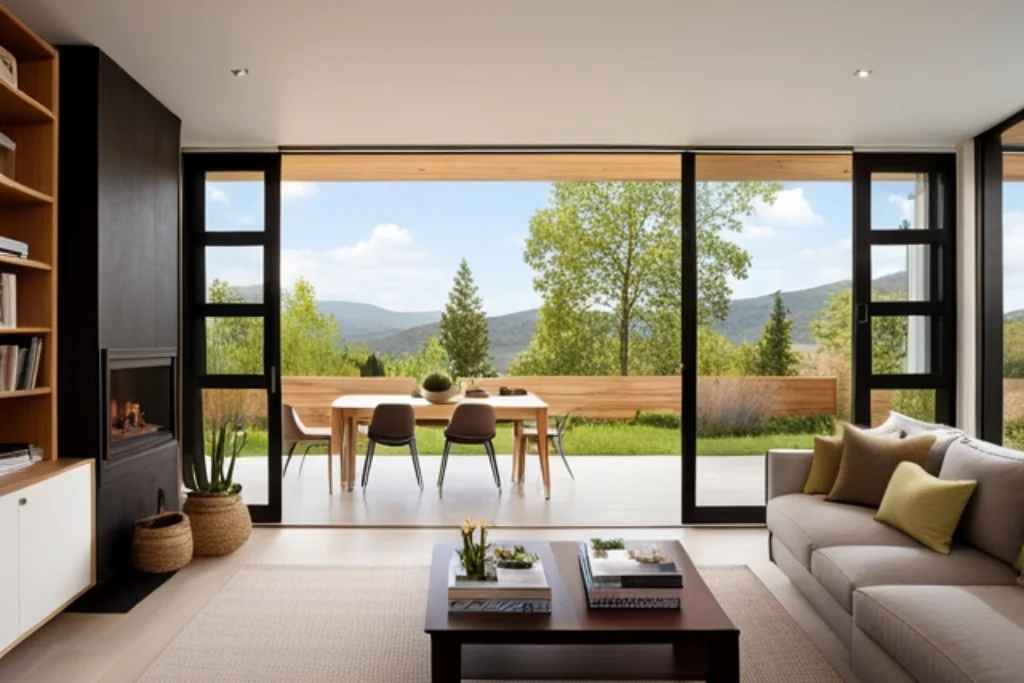
One way to incorporate traditional elements into modern designs for sustainable home design is by using natural and locally sourced materials. In India, for example, bamboo is a widely available and eco-friendly material that has been used in construction for centuries.
By using bamboo as a building material, designers can create structures that are not only aesthetically pleasing but also have a lower carbon footprint.
Another way to incorporate traditional elements into modern sustainable home design is by incorporating passive cooling techniques. In India's hot and arid climate, traditional Indian homes often feature elements such as courtyards, verandas, and jalis (perforated screens) that promote natural ventilation and help keep the interiors cool.
Designers can draw inspiration from these traditional techniques and integrate them into their modern designs by incorporating open floor plans, large windows for cross ventilation, and shading devices such as pergolas or overhangs.
By blending traditional elements with modern sustainable design principles, Indian home designers are able to create homes that not only embrace sustainability but also celebrate the rich cultural heritage of the country. These designs serve as an inspiration for homeowners looking to build environmentally friendly homes while preserving their cultural identity.
Maximizing natural light and ventilation for Sustainable Home Design in India
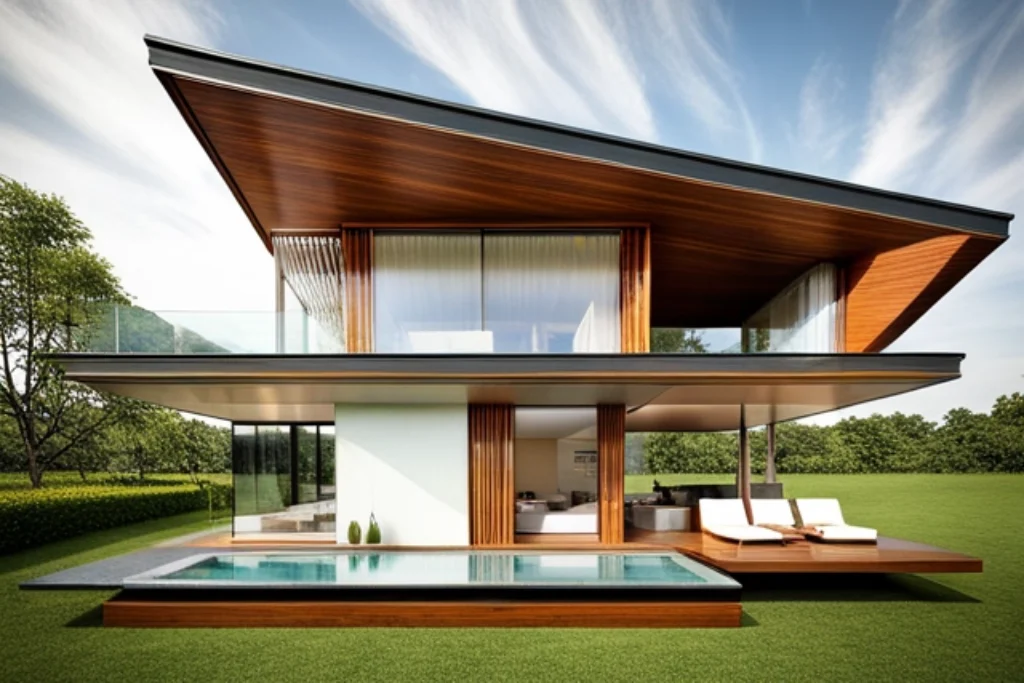
One key aspect of sustainable home design in India is maximizing natural light and ventilation. With the country's hot climate and abundant sunlight, utilizing natural light not only reduces the need for artificial lighting but also creates a bright and inviting atmosphere within the home.
Designers often incorporate large windows, skylights, and open floor plans to allow sunlight to penetrate deep into the interior spaces.
In addition to providing ample natural light, sustainable home designers in India also focus on maximizing ventilation. This is crucial for maintaining a comfortable indoor environment without relying heavily on air conditioning systems.
Design strategies such as cross-ventilation techniques, courtyards, and strategically placed openings facilitate the flow of fresh air throughout the house. By harnessing natural breezes and minimizing reliance on mechanical cooling methods, these designs help reduce energy consumption while promoting a healthier living environment.
Sustainable home design ideas in India prioritize both natural light and ventilation as essential elements for creating eco-friendly homes that embrace sustainability. By integrating these features into their designs, Indian architects are able to provide homeowners with spaces that are not only aesthetically pleasing but also environmentally conscious and energy-efficient.
Whether it's through incorporating large windows or implementing innovative ventilation systems, these designs showcase how beautiful functionality can be achieved while reducing our carbon footprint.
Efficient use of space and materials for Sustainable Home Design in India
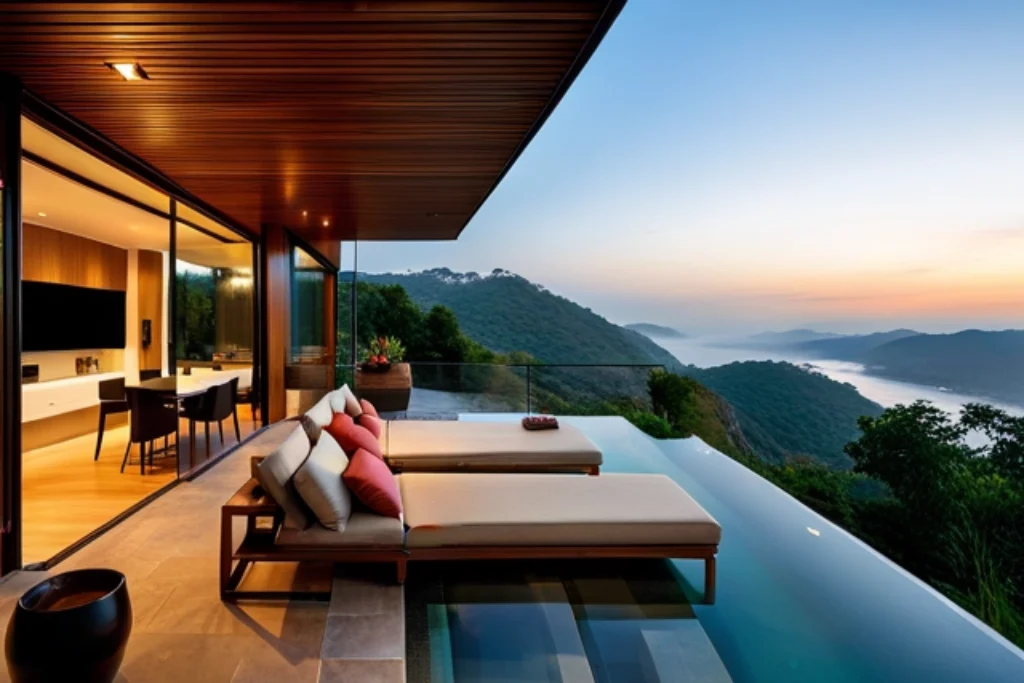
One of the key aspects of sustainable home design in India is the efficient use of space and materials. Indian home designers have mastered the art of maximizing every square foot available, creating homes that are both functional and aesthetically pleasing. From clever storage solutions to multi-purpose furniture, these designers understand how to make the most out of limited living spaces.
In addition to space efficiency, sustainable home design in India also focuses on using materials that are eco-friendly and durable. Designers strive to incorporate locally sourced materials such as bamboo, clay, and terracotta into their designs, reducing the carbon footprint associated with transportation.
By choosing materials that are renewable or recyclable, Indian home designers contribute to a more sustainable future for the country's architecture industry.
Overall, sustainable home design ideas in India revolve around optimizing space utilization and incorporating eco-friendly materials into construction processes. This not only leads to more practical living spaces but also reduces environmental impact by minimizing waste and utilizing resources efficiently.
With a growing emphasis on sustainability in architecture, Indian designers continue to showcase their innovation by embracing efficient use of space and materials in their projects.
Natural ventilation techniques for sustainable home design in India
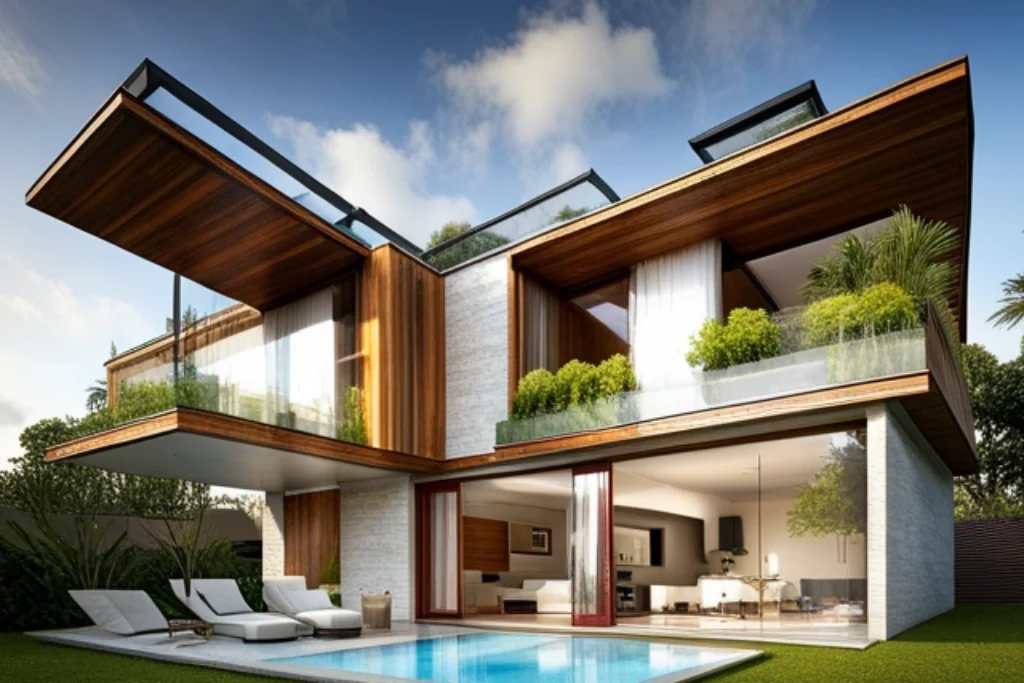
One of the key components of sustainable home design is the implementation of natural ventilation techniques. In India, where the climate can range from hot and humid to dry and arid, architects and designers are increasingly incorporating strategies to maximize airflow and reduce reliance on mechanical cooling systems.
One such technique is the use of cross-ventilation, which involves strategically placing windows and openings in opposite directions to allow for a natural flow of air throughout the space.
Another popular method used in sustainable home design plans is the incorporation of courtyards or atriums. These open spaces not only provide an opportunity for greenery but also act as a natural ventilation system by allowing hot air to escape through high openings while drawing in cooler air from lower levels.
Additionally, some architects have experimented with incorporating wind towers or chimneys into their designs. These vertical structures help create a stack effect, where warm air rises and exits through the top while pulling in fresh cool air from below, effectively providing passive cooling throughout the home.
Harnessing renewable energy sources
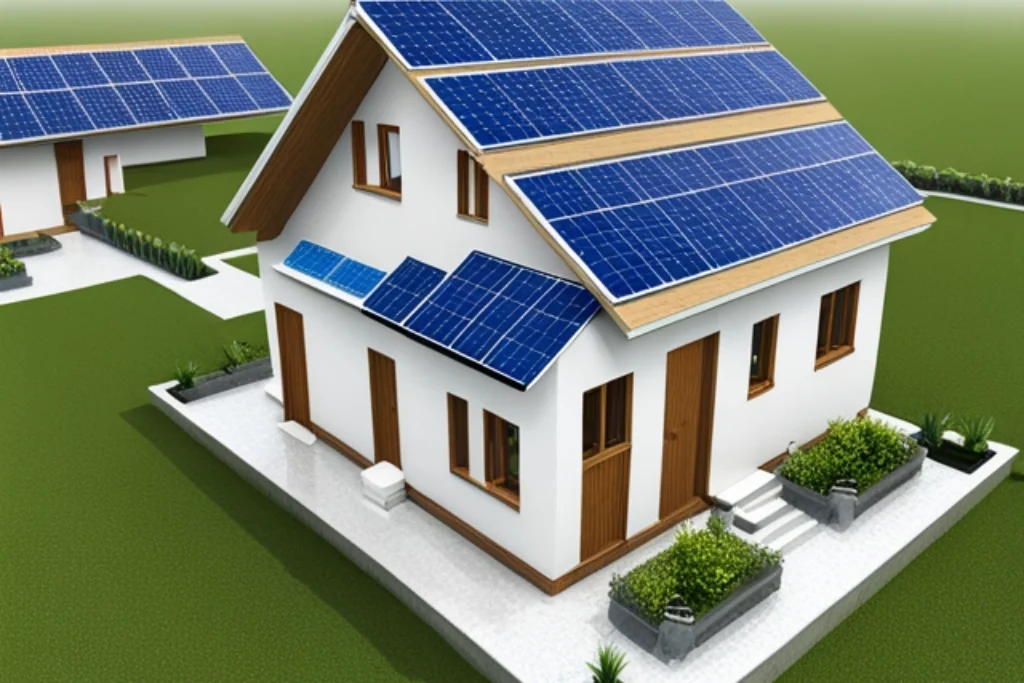
Sustainable home design ideas in India have gained significant traction in recent years as people are becoming more aware of the need to reduce their carbon footprint. One popular concept is the use of solar panels on rooftops to harness renewable energy from the sun.
This not only allows homeowners to generate their own electricity but also cuts down on traditional energy consumption, thereby reducing greenhouse gas emissions.
Another sustainable home design trend in India is the incorporation of passive cooling techniques into architectural plans. With a hot climate for most of the year, Indian homes can become unbearably hot without proper ventilation and cooling systems.
However, architects are now implementing features such as shaded courtyards, natural ventilation systems, and strategically placed windows that allow for cross-ventilation. By relying less on air conditioning units and fans, these designs help conserve energy and promote a more comfortable living environment without compromising on aesthetics.
When it comes to sustainable architecture in India, one cannot forget about water conservation strategies. Given that water scarcity is a pressing issue in many parts of the country, architects are integrating rainwater harvesting systems into their designs. These systems collect rainwater from rooftops and store it for later use in household chores or irrigation purposes.
Additionally, low-flow fixtures like faucets and showerheads are implemented to minimize water wastage while maintaining optimum functionality within homes. Overall, sustainable home design practices in India are not only visually appealing but also contribute significantly towards preserving our planet's resources for future generations.
Low-cost sustainable housing solutions
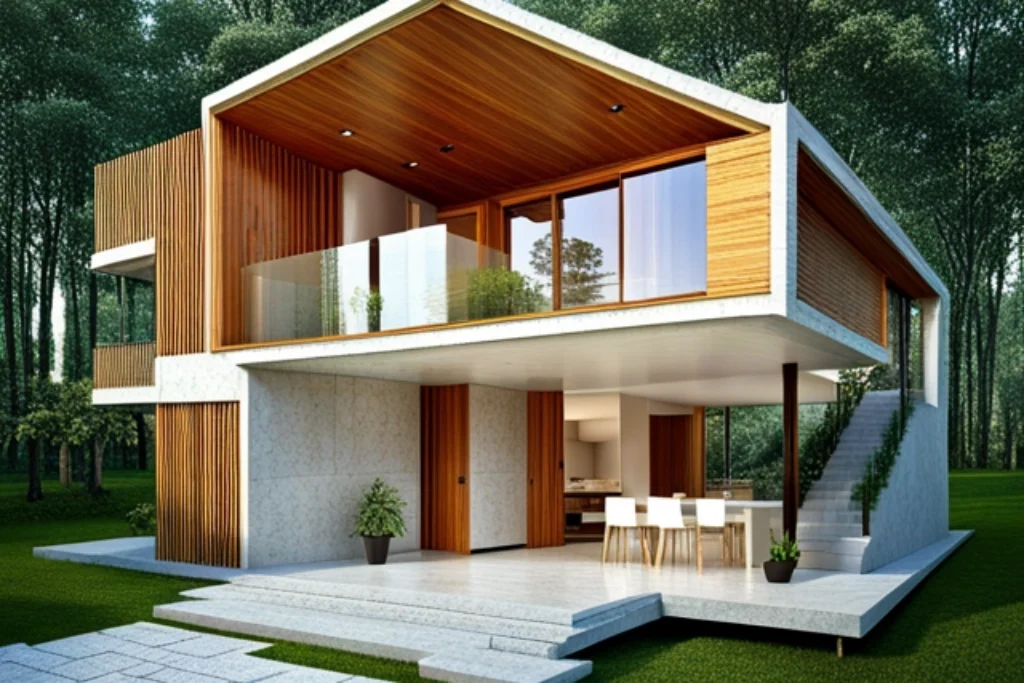
Sustainable housing solutions are becoming increasingly popular in India as people recognize the importance of preserving the environment while also addressing the housing needs of a growing population.
Architects and designers are now focusing on integrating sustainable elements into home design, creating eco-friendly and energy-efficient spaces. One such idea is to incorporate passive cooling techniques, such as using natural ventilation and shading devices, to minimize the use of air conditioning systems.
Another sustainable architecture trend in India is designing homes with a minimal ecological footprint by using locally sourced materials. This not only reduces transportation costs but also supports local businesses and artisans. Additionally, architects are incorporating rainwater harvesting systems into their designs to conserve water resources and reduce dependency on external sources.
These progressive approaches towards sustainable home design plans not only benefit the environment but also provide affordable housing options for individuals looking for low-cost yet comfortable living spaces.
Biophilic design principles in sustainable home interiors
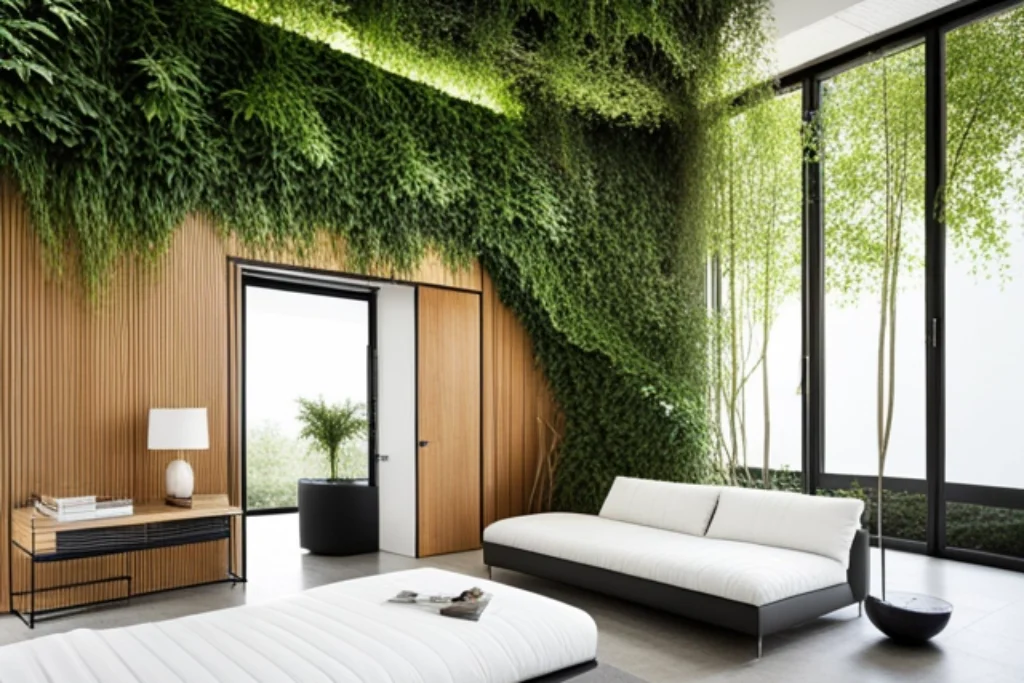
Biophilic design principles in sustainable home interiors play a crucial role in enhancing the aesthetic appeal and functionality of sustainable homes. By incorporating elements of nature into the interior spaces, such as natural light, plants, and natural materials, designers can create a harmonious and serene environment that promotes wellness and connection with the natural world.
This approach not only improves the overall well-being of the homeowners but also reduces energy consumption by maximizing natural lighting and ventilation.
Sustainable home design ideas in India often emphasize the use of locally sourced materials that have minimal environmental impact. Designers incorporate traditional architectural techniques, such as using mud walls or bamboo structures, which are not only eco-friendly but also help to maintain comfortable indoor temperatures.
Additionally, integrating renewable energy systems like solar panels or rainwater harvesting systems further enhances sustainability in Indian home interiors.
In terms of sustainable architecture in India, home design plans focus on optimizing space utilization while minimizing wastage. Open floor plans, multifunctional furniture pieces, and smart storage solutions allow for flexible living arrangements while reducing clutter and material waste.
Moreover, designers pay attention to passive cooling techniques like cross-ventilation or shading strategies to minimize reliance on artificial cooling systems. Overall, these biophilic design principles contribute to creating more sustainable homes that reflect India's commitment to embracing efficiency through elegant design choices.
Conclusion: The future of sustainable Indian home design
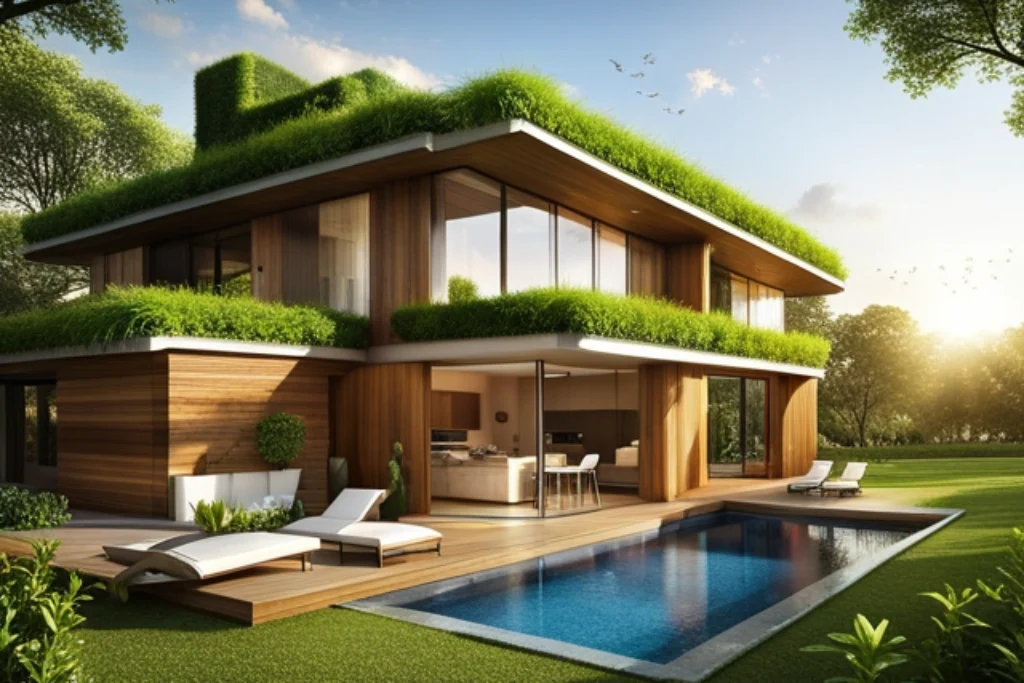
In conclusion, the future of sustainable Indian home design looks promising as more and more homeowners and architects embrace eco-friendly practices. With a growing awareness of the need to conserve resources and reduce carbon footprints, sustainable home design ideas are gaining popularity across India.
Architects are incorporating innovative techniques such as passive cooling systems, rainwater harvesting, solar energy utilization, and natural ventilation to create homes that are not only aesthetically pleasing but also environmentally friendly.
One key aspect of sustainable architecture in India is the use of traditional building materials and techniques. Many designers are turning back to age-old methods like mud walls, bamboo structures, and clay tiles to minimize environmental impact while maximizing energy efficiency.
These materials not only have low embodied energy but also provide excellent insulation properties. By blending traditional wisdom with modern technology, Indian architects are creating homes that blend seamlessly into their surroundings while reducing reliance on artificial heating or cooling systems.
Furthermore, sustainable home design in India is driven by a deep-rooted connection to nature and a holistic approach towards living spaces. Architects focus on creating designs that integrate seamlessly with the natural environment, promoting harmony between humans and nature.
From incorporating green rooftops to designing homes around existing trees or water bodies, every effort is made to preserve the ecological balance of the site. This holistic approach not only enhances the aesthetic appeal of homes but also encourages residents to lead more sustainable lifestyles.
Overall, as sustainability becomes an increasingly important consideration for homeowners in India, there is a bright future ahead for sustainable home design in the country.
Your Common Queries
-
Q1: What is sustainable home design?
A1: Sustainable home design focuses on creating living spaces that minimize the negative impact on the environment while maximizing energy efficiency and resource conservation.
-
Q2: What are some common features of sustainable homes?
A2: Common features include passive solar design, use of recycled or eco-friendly materials, installation of energy-efficient appliances, and proper insulation to reduce energy consumption.
-
Q3: How can I make my home more energy efficient?
A3: You can make your home more energy efficient by using LED lighting, installing solar panels, optimizing natural ventilation, insulating walls and roofs, and using energy-efficient appliances.
-
Q4: Are there any eco-friendly building materials available in India?
A4: Yes, there are several eco-friendly building materials available in India such as bamboo, recycled wood, fly ash bricks, terracotta tiles, and low VOC paints.
-
Q5: Can I incorporate renewable energy in my sustainable home design?
A5: Absolutely! You can install solar panels or wind turbines to generate clean and renewable electricity for your home.
-
Q6: Is water conservation a part of sustainable home design?
A6: Yes, water conservation is an integral part of sustainable home design. Installing rainwater harvesting systems and using water-efficient fixtures can significantly reduce water wastage.
-
Q7: Are there any government incentives for sustainable home designs in India?
A7: Yes, the Indian government offers various incentives like tax benefits and subsidies for adopting sustainable practices in construction and renewable energy installations.
-
Q8: Can I retrofit my existing house to incorporate sustainable design elements?
A8: Yes, it is possible to retrofit your existing house with sustainability features such as insulation, efficient appliances, rainwater harvesting systems, and renewable energy installations.






